Why Cloud Cost Management Is Critical in 2025: A Guide for Enterprises
- Nitin Yadav
- Knowledge
About
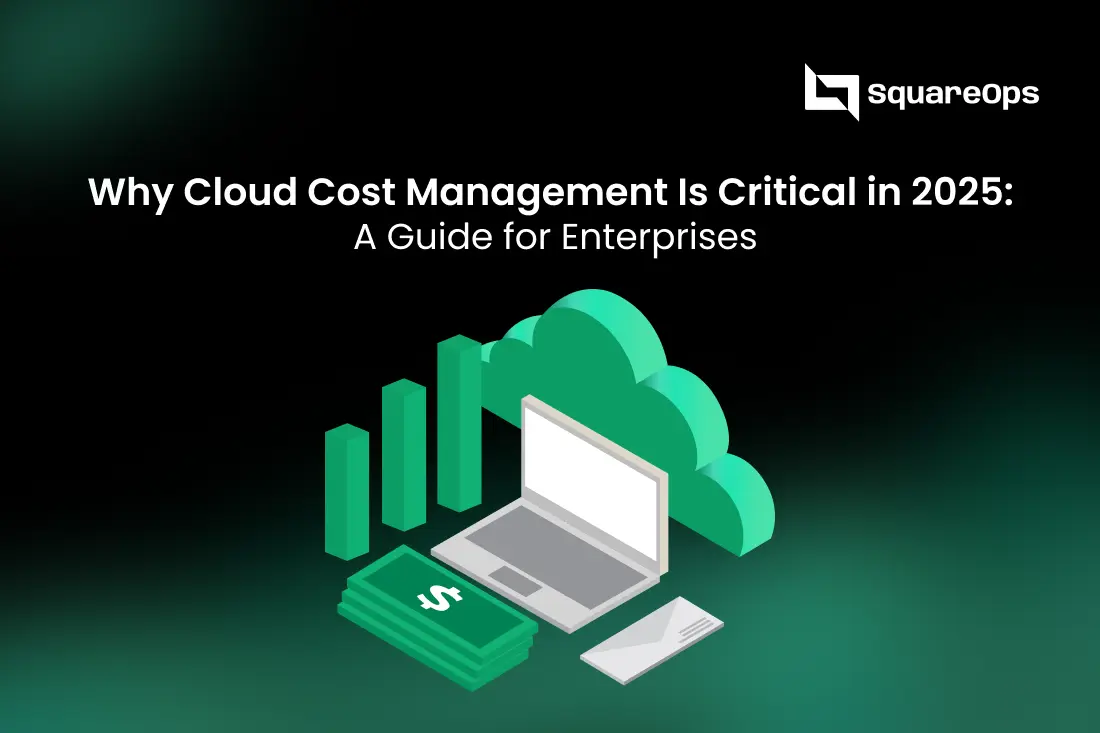
Cut cloud waste with cloud cost management services. Learn how AWS, Azure & GCP enterprises save 20–40% using FinOps, optimization, and governance strategies.
Industries
- AWS cost optimization, Azure cost management, cloud cost management, cloud cost monitoring tools, Cloud cost optimization, cloud cost reduction strategies, cloud financial management, cloud governance, Cloud spend management, enterprise cloud cost savings, FinOps framework, GCP cloud billing, managed cloud cost services, optimize cloud costs 2025
Share Via
The enterprise cloud market is booming. Gartner predicts global cloud spending will surpass $1 trillion by 2025, with enterprises driving the bulk of adoption. From SaaS platforms to data lakes, cloud computing is now the backbone of digital transformation.
But this rapid adoption comes with a hidden problem: cloud waste. According to Flexera’s State of the Cloud report, companies waste over 30% of their cloud spend on unused or mismanaged resources. For enterprises spending millions monthly, that waste translates into staggering financial losses.
In 2025, cloud cost management services will have become mission-critical. Without them, enterprises risk ballooning bills, poor ROI, and even compliance failures. This guide explains why managing cloud costs is more important than ever, the challenges enterprises face, and the strategies and tools they can use to optimize spend.
What is Cloud Cost Management?
Cloud cost management refers to the process of tracking, analyzing, and optimizing cloud spending to improve efficiency and maximize ROI. It provides enterprises with visibility into cloud usage and ensures resources are aligned with business objectives.
Core Pillars of Cloud Cost Management:
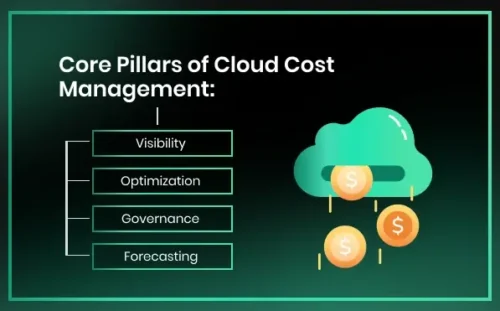
- Visibility: Understanding what services are being used, by whom, and at what cost.
- Optimization: Eliminating waste through rightsizing, automation, and pricing models.
- Governance: Enforcing policies to prevent overspending or misuse.
- Forecasting: Predicting future costs to plan budgets more accurately.
Difference Between Cloud Cost Management and FinOps:
- Cloud Cost Management: Tactical activities (monitoring, billing analysis, rightsizing).
- FinOps: A cultural framework that brings together finance, engineering, and operations for shared accountability of cloud spend.
Together, they form a powerful toolkit for enterprises to manage costs at scale.
Why Cloud Cost Management is Critical in 2025
1. Rising Cloud Spend
Enterprises are shifting workloads to the cloud at unprecedented rates. Multi-billion-dollar IT budgets are now cloud-first, with AWS, Azure, and Google Cloud at the center. Without cost controls, cloud bills spiral out of control.
2. Multi-Cloud Complexity
Many enterprises operate across multiple providers (AWS, Azure, GCP). Each has unique billing models, discounts, and monitoring dashboards. Managing costs without a unified approach becomes nearly impossible.
3. Economic Pressures
Global economic uncertainty means CFOs are scrutinizing cloud ROI. Enterprises must do more with less, delivering digital transformation without overspending.
4. Compliance & Governance
Industries such as finance and healthcare require strict tracking of costs and usage. Mismanaged costs can lead to compliance risks and audit failures.
5. Sustainability Goals
Optimizing cloud costs often goes hand-in-hand with reducing energy consumption. Enterprises in 2025 face growing pressure to show green cloud strategies.
Challenges Enterprises Face Without Cost Management
Enterprises that lack structured cost management encounter several pitfalls:
- Idle Resources: Unused virtual machines, storage volumes, and databases running 24/7.
- Overprovisioning: Buying large instances when smaller ones would suffice.
- Shadow IT: Teams spinning up cloud resources without approval or governance.
- Unpredictable Billing Spikes: Bills fluctuate due to seasonal workloads.
- Lack of Accountability: No clarity on which department owns costs.
These challenges create financial inefficiency and frustrate both engineering and finance leaders.
Benefits of Cloud Cost Management Services
Adopting cloud cost management services delivers measurable business benefits:
- Transparency: Single-pane dashboards across AWS, Azure, and GCP.
- Cost Savings: Typical savings of 20–40% on monthly cloud bills.
- Predictability: Budgets and forecasts aligned with real usage.
- Efficiency: Rightsized resources and optimized utilization.
- Governance: Clear ownership and accountability for spend.
- Enterprise Growth: Ability to scale cloud workloads without uncontrolled costs.
Tools and Techniques for Cloud Spend Management
Native Cloud Tools
- AWS Cost Explorer & Budgets: Analyze and forecast AWS spending.
- Azure Cost Management: Provides dashboards, budgets, and recommendations.
- GCP Cloud Billing: Offers real-time insights into Google Cloud costs.
Third-Party Tools
- CloudHealth by VMware – enterprise-grade cost management.
- Apptio Cloudability – FinOps-driven spend optimization.
- Datadog & Finout – unified monitoring + cost tracking.
Optimization Techniques
- Rightsizing: Match instance size to actual workload.
- Reserved Instances & Savings Plans: Commit to usage for discounts.
- Spot Instances/Preemptible VMs: Deeply discounted compute for fault-tolerant workloads.
- Storage Tiering: Move cold data to cheaper storage (e.g., S3 Glacier).
Strategies to Optimize Cloud Costs
Enterprises must adopt structured strategies to optimize cloud costs:
- Implement FinOps Framework
Create cross-functional teams with finance, engineering, and operations sharing accountability. - Automate Scaling
Use auto-scaling groups and serverless technologies to match capacity with demand. - Set Budgets and Alerts
Prevent bill shocks with automated alerts and anomaly detection. - Establish Cost Ownership
Tag resources by team, project, or department to track spend accurately. - Conduct Regular Audits
Quarterly reviews to identify unused resources and optimize instances. - Partner with Cloud Experts
Cloud cost management services, such as SquareOps, provide audits, monitoring, and ongoing optimization.
Case Study: Enterprise Saves 35% With Cost Optimization
Background:
A global e-commerce enterprise was spending $500,000/month across AWS and Azure.
Challenges:
- Overprovisioned EC2 instances.
- Unused storage volumes.
- Multiple accounts without centralized governance.
Solution:
- Implemented FinOps framework.
- Rightsized compute instances.
- Introduced auto-scaling on GCP for peak workloads.
- Applied AWS Reserved Instances and Azure Savings Plans.
Results:
- Saved 35% (~$2.1M annually).
- Improved cost visibility for finance teams.
- Extended cloud budget runway without slowing innovation.
The Future of Cloud Cost Management (2025 and Beyond)
- AI-Driven Optimization
Machine learning algorithms will automatically recommend and implement cost-saving measures. - Real-Time Multi-Cloud Optimization
Enterprises will shift workloads dynamically across AWS, Azure, and GCP for the lowest-cost performance. - FinOps Automation
FinOps will move from manual reporting to automated, predictive financial governance. - Carbon-Aware Cost Management
Cloud providers will integrate sustainability metrics into cost dashboards. - Deeper Integration With DevOps and SRE
Cloud cost optimization will be embedded directly into deployment pipelines.
Conclusion
Cloud adoption has unlocked unprecedented agility for enterprises, but unmanaged spending threatens to erode ROI. In 2025, cloud cost management is not optional it’s critical for survival and growth.
By adopting cloud cost management services, leveraging the right tools, and embracing FinOps practices, enterprises can:
- Cut waste by 20–40%.
- Improve forecasting and governance.
- Scale workloads across AWS, Azure, and GCP with confidence.
At SquareOps, we specialize in helping enterprises:
- Audit and optimize cloud costs.
- Implement FinOps frameworks.
- Deliver multi-cloud cost transparency and governance.
Ready to reduce your cloud spend by 30–40%?
Book a Free Cloud Cost Optimization Audit with SquareOps
Frequently asked questions
Cloud cost management is the process of tracking, analyzing, and optimizing cloud spending across providers like AWS, Azure, and Google Cloud. It helps enterprises gain visibility, reduce waste, and maximize ROI
In 2025, global cloud spend is projected to exceed $1 trillion. Without cloud cost management services, enterprises risk overspending by 30–40% due to idle resources, overprovisioning, and lack of governance.
Cloud cost management services provide visibility into usage, optimize workloads, automate scaling, and align spending with business goals. Enterprises typically save 20–40% on their monthly cloud bills.
Challenges include idle resources, oversized instances, shadow IT, unpredictable billing spikes, and lack of accountability across teams, all of which drive unnecessary costs.
Enterprises can use AWS Cost Explorer, Azure Cost Management, GCP Billing, and third-party tools like CloudHealth, Apptio Cloudability, and Datadog to monitor and optimize cloud costs
Cloud cost management focuses on tactical activities, such as monitoring and optimization. FinOps is a broader cultural framework that enables finance, engineering, and operations teams to share accountability for cloud spend.
Enterprises can optimize cloud costs by rightsizing resources, using reserved instances and savings plans, leveraging Spot Instances, automating scaling, and conducting regular cost audits.
Yes. Cloud cost management enforces tagging, policies, and cost ownership, ensuring enterprises meet compliance standards and maintain financial governance across multi-cloud environments.
AI-driven tools will provide predictive analytics, detect anomalies in real-time, and automatically recommend cost-saving measures, making cloud cost management more proactive.
SquareOps provides cloud cost management services, FinOps frameworks, and cost monitoring tools. We help enterprises reduce cloud spend by 30–40% while improving scalability and governance.
Related Posts
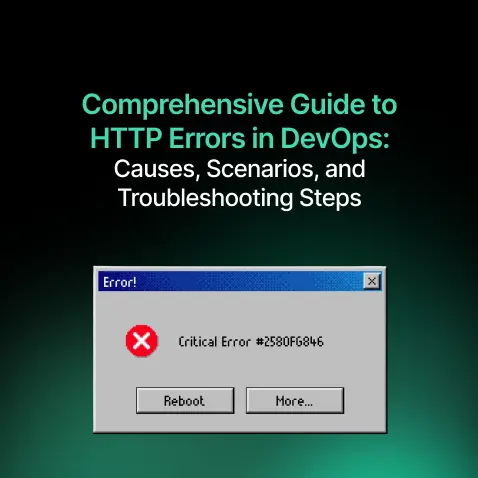
Comprehensive Guide to HTTP Errors in DevOps: Causes, Scenarios, and Troubleshooting Steps
- Blog

Trivy: The Ultimate Open-Source Tool for Container Vulnerability Scanning and SBOM Generation
- Blog
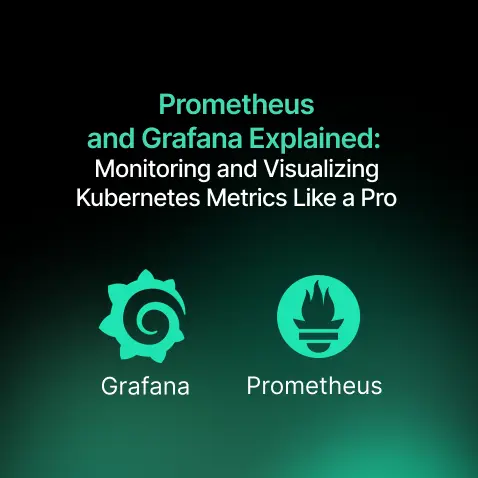
Prometheus and Grafana Explained: Monitoring and Visualizing Kubernetes Metrics Like a Pro
- Blog
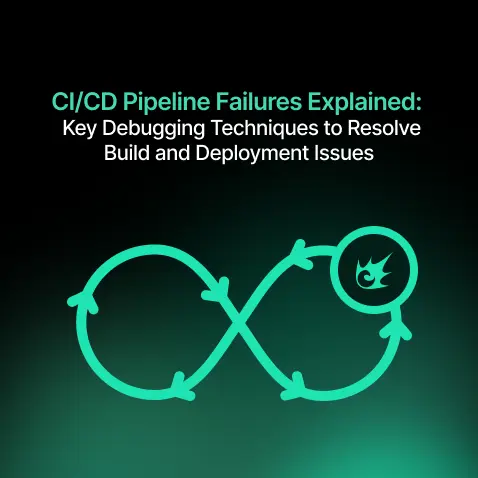
CI/CD Pipeline Failures Explained: Key Debugging Techniques to Resolve Build and Deployment Issues
- Blog
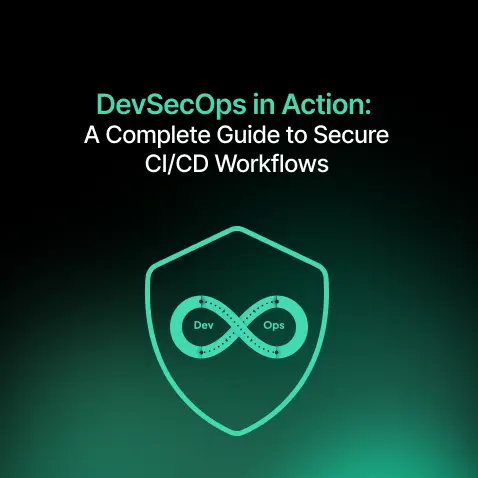
DevSecOps in Action: A Complete Guide to Secure CI/CD Workflows
- Blog
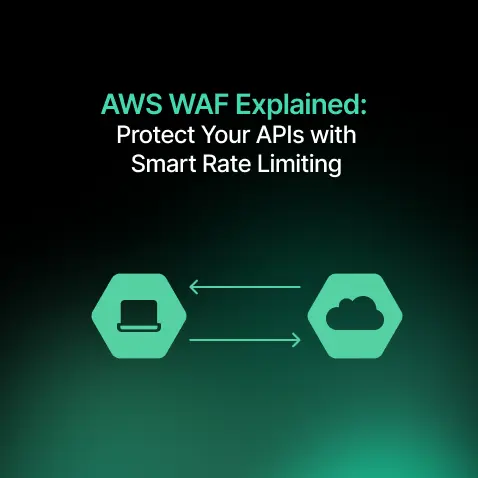
AWS WAF Explained: Protect Your APIs with Smart Rate Limiting
- Blog

